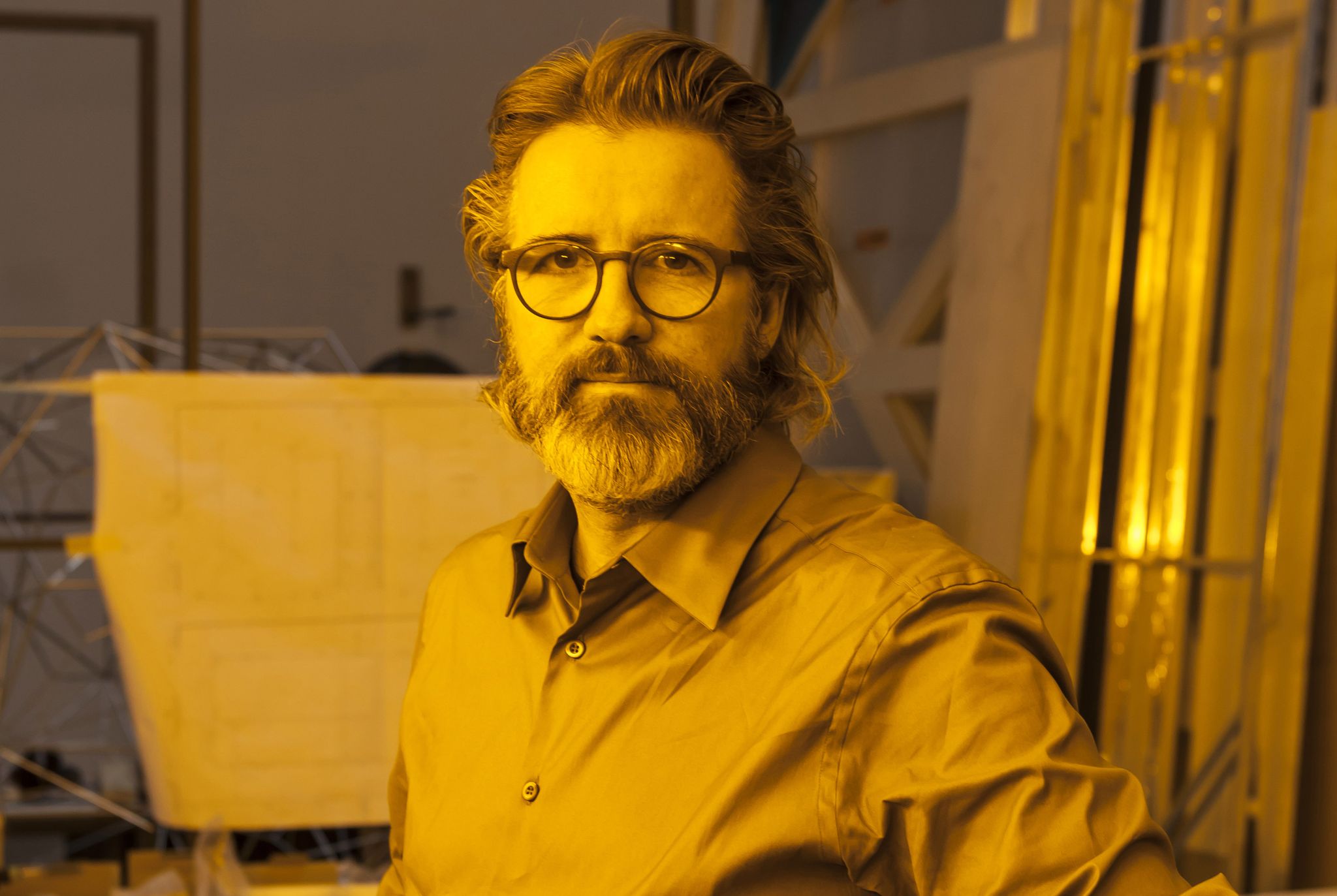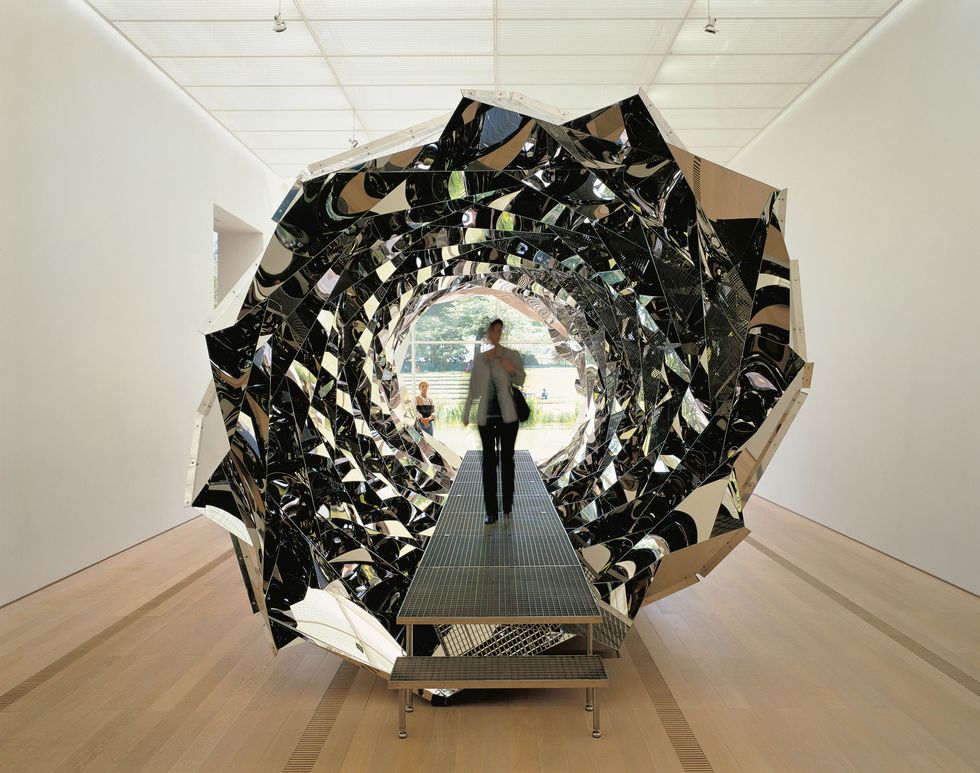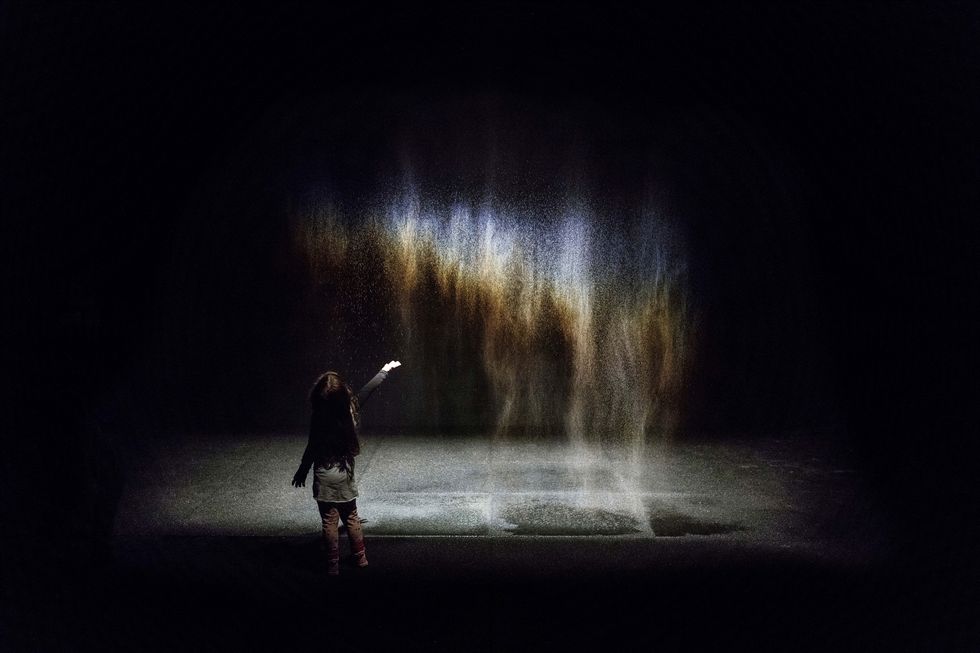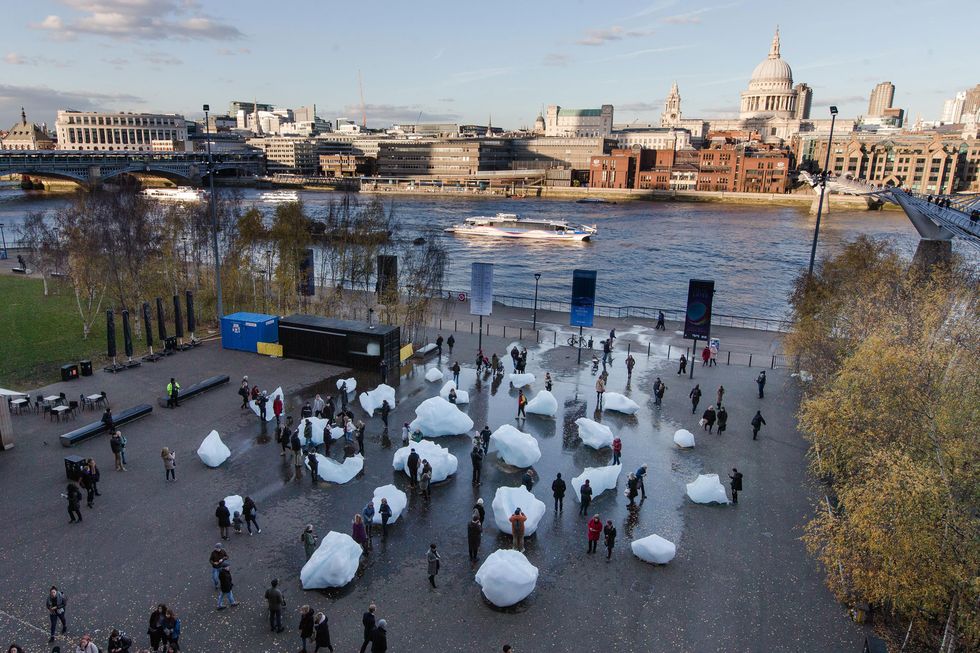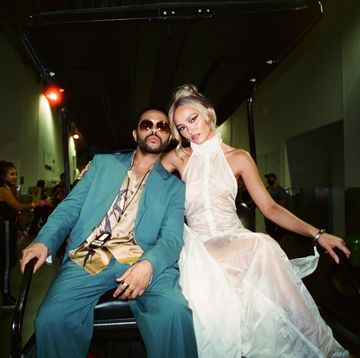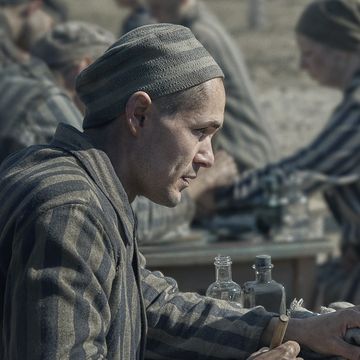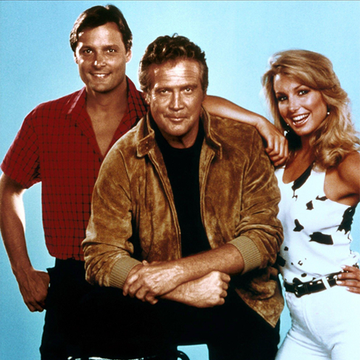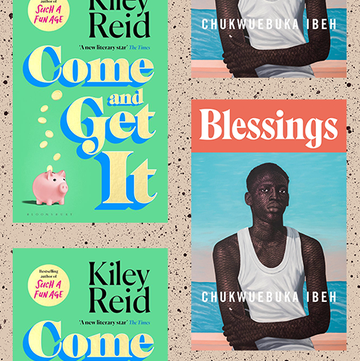Anyone who saw Olafur Eliasson’s Weather Project in the Tate Modern in 2003, a huge sun-like circle lighting up one end of the Turbine Hall and reflected in a giant mirror covering the ceiling, will remember its peculiar effect. We flocked there in our hordes – two million people visited, apparently – and, well, we went a little nuts. We rolled around on the floor, we hooted at our tiny reflections, we basked in the warming electric light as though we were in the world’s biggest branch of The Tanning Shop.
Sixteen years later the Danish-Icelandic artist is back at Tate Modern, with his first major survey show in the UK that brings together 40 works from the last three decades, a return that Eliasson describes to Esquire as “an emotional experience”. The Weather Project is not included in this show, though there is a very tall fountain falling from a tower of scaffolding outside, which the under-fives, at least, should lose their noggins over.
“The Weather Project was extremely important for me and for my development as an artist,” says Eliasson. “I had seen people react in similar ways on a smaller scale to other artworks, so that was not surprising to me; what was surprising was how people really made it into their own, coming back multiple times and organising group activities and spelling out words in the mirrors above.”
The idea of visitors getting involved in Eliasson’s works, or as he puts it, “co-producing the artwork,” is, he says, “hugely important for my understanding of art”, and the new show features all kinds of things to walk into and around, like his 1997 work, “Room for one colour”, in which mono-frequency lamps do subtly funny things to your perception, or his 1993 work, “Beauty”, a cascade of fine mist in a darkened space in which, if you get your angles right, you can see a rainbow.
Eliasson has an unusual background as an artist: as a teen growing up in Denmark to Icelandic parents, he was a member of a breakdancing crew that won the 1984 Scandinavian breakdancing championships. He went on to study at the Royal Danish Academy of Fine Arts (today his studio in Berlin), but his early B-boyhood fed back. “It taught me a sense of space, of creating space with my body,” he says. “And this led me to work with how a person moves around and interrogates a space with his or her body.”
Much of Eliasson’s more recent work – like the huge lumps of Greenland ice he plonked in front of Tate Modern earlier this year – has an activist bent, something that the art world has been notoriously slow to address, although Eliasson is sympathetic. “I think the art world is an extension of the world at large,” he says. “If there is not enough social and environmental consciousness in the art world today it is because there is not enough social and environmental consciousness in the world today.”
But his work is also about us, and our brains, and light. Which brings us to a core concern: what is favourite Olafur Eliasson’s favourite colour? “Yellow!” he says, more enthusiastically than we had any right to expect. “The lights I used in The Weather Project limit the range of light you can see to the yellow spectrum. I’ve used them on many occasions: when you stand inside a room illuminated only with these lights, you see the world in shades of yellow, grey, and black. It is a kind of monochrome world in which details suddenly jump out at you.”
Now you know.
Olafur Eliasson: In Real Life runs from 11 July to 5 January 2020 at Tate Modern, London SE1

Miranda Collinge is the Deputy Editor of Esquire, overseeing editorial commissioning for the brand. With a background in arts and entertainment journalism, she also writes widely herself, on topics ranging from Instagram fish to psychedelic supper clubs, and has written numerous cover profiles for the magazine including Cillian Murphy, Rami Malek and Tom Hardy.
